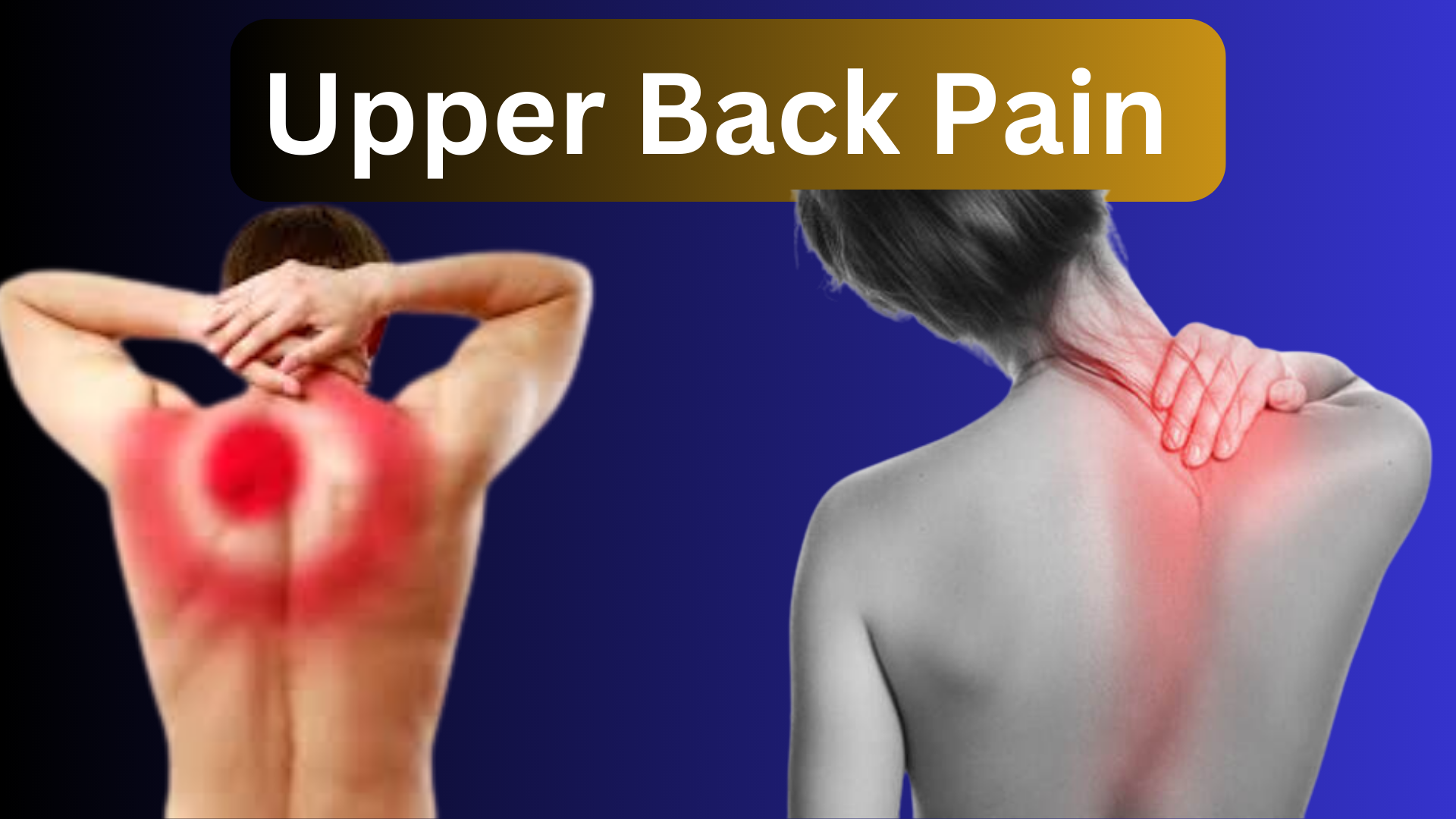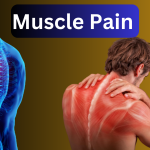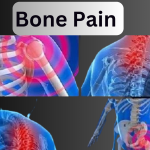Upper Back Pain: Symptoms, Causes, Exercises & Treatment. Learn about upper back pain, pain mid back right side, upper left muscles back pain, pinched upper back nerve, sharp pain in mid back and many more.
Anywhere between the base of your neck (Neck Pain) and the bottom of your rib cage is where upper back pain (and Middle Back Pain) can occur. The thoracic spine refers to your upper and middle back.
The spine in your chest is made up of 12 tiny bones, or vertebrae. Your backbone is made up of bones. Your upper spine’s bones are each joined to a pair of ribs.
The sternum is a long, flat bone that runs down the middle of your chest and connects your ribs to the rest of your body. Your rib cage is created by this.
Each vertebra in your upper back is protected from one another by disks. As you move, these disks take in shock. Your upper back’s many muscles and ligaments help keep your spine in place. The source of upper back discomfort
Symptoms of Upper Back Pain
One or more of the following are possible symptoms of upper back pain:
1.) Sharp Discomfort:
Usually described as strong, this pain can also have knife-like, searing, or vice-like feelings. Rather than dispersing across an area, it is typically found in a single location.
2.) Uncomfortable All Over:
Some parts of the upper back may experience a dull or sharp pain that can move to the neck, shoulder, or lower back.
3.) Stiffness:
Muscle (Muscle Pain), ligament, and/or joint stiffness in the upper back may result from either severe acute pain or chronic discomfort.
Reduced upper back flexibility can make some arm actions, like turning or lifting, more challenging or even impossible, even though this region of the spine is normally structured more for rigidity than motion.
Upper Back Pain Causes
The most frequent causes of upper back pain & Lower Back Pain are arthritis, hernia disks, vertebral stenosis, and problems in the upper or cervical spine.
Other common reasons include swelling and microtears in the muscles, tendons, and ligaments of the upper back.
Over time, repetitive movements and stressful postures may cause soft tissue injury to develop or worsen, as well as degenerative changes in the spinal column.
Treatment for Upper Back Pain
The cause, risk factors, and medical background will all influence the course of treatment for upper back pain.
The purpose of treatment for upper back discomfort is to reduce pain, cure the underlying cause, and, if possible, stop further injury or re-injury.
With the help of over-the-counter anti-inflammatory medications, stretching, hot and cold therapy, massage, and other treatments, many cases of upper back pain resolve on their own in a matter of weeks.
Your doctor may tell you stronger painkillers like Pain O Soma 500mg and Aspadol 100mg, physical therapy, or a back brace if your upper back discomfort is severe or persistent.
Wake Up With Pain in Upper Back
A very frequent complaint is upper back pain. One in ten men and one in five women, according to research published in the Occupational Medicine Journal, have upper back pain.
If you frequently wake up with a bad sensation due to the pain in your upper back, you know that this is a problem that needs to be fixed right soon.
What then triggers the upper back pain you experience after sleeping? Your discomfort may be caused by anything from muscle soreness to bad sleeping habits.
Upper Back Pain Relief At Home
1.) Exercising
Stretches for upper back pain can promote blood flow, oxygen levels, and the delivery of food to painful body parts. Also, stretching and other light exercises can help your back muscles become stronger, which could help you avoid future episodes of pain.
Here are some of the best stretches for upper back pain you can try:
- Pose of a child
- The shoulders
- Neck extension
- The stretch of the arms
Put cold or heat packs on the affected area as needed.
Some of the most well-known methods for reducing back strain are heat and cold therapy. While heat is typically advised to relieve chronic pain, medical professionals usually recommend cold treatments for acute muscle injuries (such as strains or tears).
Use a heating pad covered with a towel on the affected area if you have chronic upper back discomfort. You might begin to get some relief after 15 to 20 minutes.
You can also use a cold pack on the affected area for ten to fifteen minutes at a time for severe back injuries, being careful not to apply it directly to the skin.
Create a Balance between Movement and Rest
Don’t be afraid to give your body some time to heal if some daily activities, such as work, cleaning, or exercise, produce significant pain in your upper back.
The best strategy is to limit your periods of relaxation to a few hours at a time, lasting no more than a day or two. A little downtime is good, but taking too much of it might be harmful.
Ultimately, pay attention to creating a balance. Rest as much as you need, but try to get back to your routine as soon as you can.
Can upper back pain be heart-related?
Due to the severe pressure that can be caused when the blood flow in a coronary artery is restricted, back discomfort frequently occurs before or during a heart attack. People experience back pain before having a heart attack because this pain can radiate from the chest to the upper back.
When should I worry about upper back pain?
When signs of chronic pain develop and upper back pain lasts more than a week, you should see a doctor.
Other signs that you should get medical help include Arms, legs (Leg Pain), or buttocks numbness or weakness. The use of over-the-counter painkillers like Soma 350mg, giving heat, or using ice at home is unsuccessful.
How do I know if my back pain is lung related?
For instance, pain in the upper back or between the shoulder (Shoulder Pain) blades could indicate a lung problem. Back or chest discomfort are occasional secondary symptom of lung pain.
What are the red flags for upper back pain?
Spinal pain is a “Red Flag“. The thoracic spine (upper section of the spine) is where the pain is.
You have had neurological problems such as weakness, loss of strength, unusual walking, or bowel/bladder problems. You currently or in the past have had cancer.
Why does my upper back hurt between my shoulder blades?
Many diseases such as muscle strain, herniated discs, arthritis, or, less frequently, a serious medical condition, can result in upper back pain between the shoulder blades.
Depending on the cause, stretching, and painkillers are frequently used as shoulder blade pain treatments.



